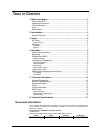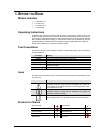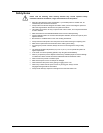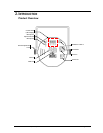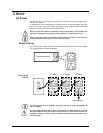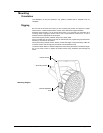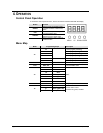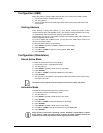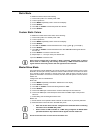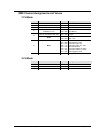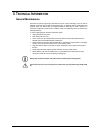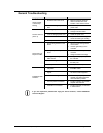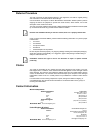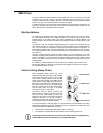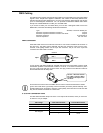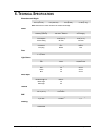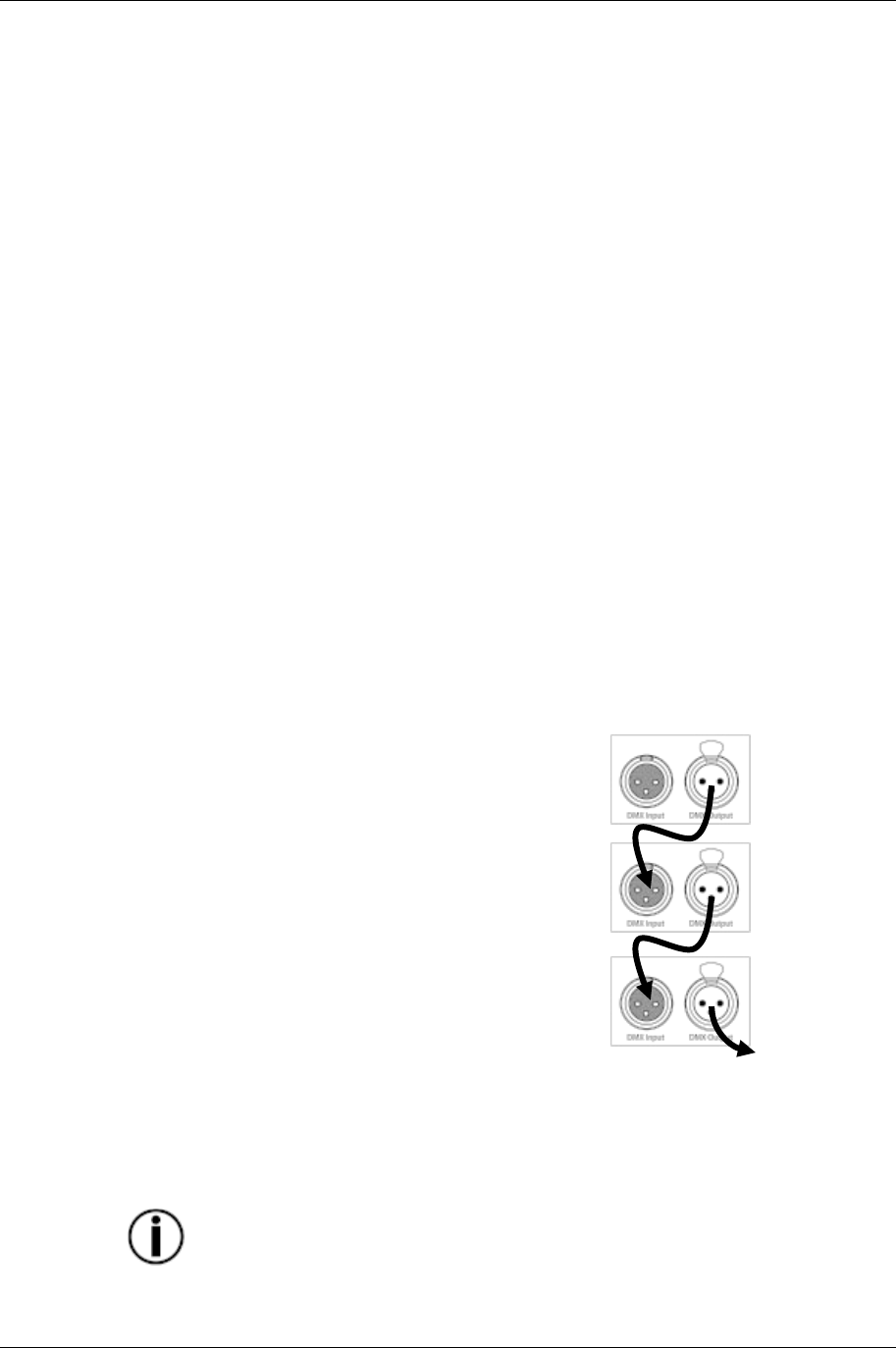
SlimPAR™ 56 User Manual (Rev. 04) Page 15 of 17
DMX Primer
The USITT DMX512-A data transmission protocol (DMX, from now on) is based on the EIA-485
standard and it has 512 channels. Any DMX compatible fixture will require one or more
consecutive DMX channels to operate. Because of the many different types of DMX compatible
fixtures, they may vary in the total number of channels they require.
In addition, there can only be one DMX controller operating on the same DMX connection at any
given time. Otherwise, the signals from one controller could interfere with the signals from the
other controller, thus causing erratic fixture operation.
Starting Address
Once the user has determined how many channels each fixture requires, he or she must assign
the corresponding channels on the DMX controller for it to send the control signals to the
intended fixture. In the DMX system, each fixture is identified by its starting address. The
starting address is the number of the DMX channel assigned to the first control channel on the
fixture.
For instance, a user has two DMX compatible fixtures. One of them has four channels and the
other has six channels. The user may configure the starting address of the 4-channel fixture to
“001”. This will assign the channels 001 through 004 on the DMX controller to this fixture. To
identify the six-channel fixture, the user should assign to it a starting address of “005” or higher.
For a starting address of “005”, the DMX controller would use channels 005 to 010 to control the
second fixture.
Choosing a starting address should be planned carefully. The first requirement is to avoid
channel overlapping. Doing otherwise may result in erratic operation of the affected fixtures. The
second requirement is to avoid leaving unassigned channels because this creates unused
faders on the DMX controller, which may be critical for small DMX controllers with only a few
available faders.
It is possible to control multiple fixtures of the same type by assigning each one of them the
same starting address. In this case, all the fixtures would respond in unison (synchronized) to
the signals from the DMX controller.
Fixture Linking (Daisy Chain)
DMX compatible fixtures receive the control
signals from the DMX controller through the DMX
cables. Each fixture has a DMX In and a DMX
Out connector. A DMX cable runs from the DMX
output of the DMX controller to the DMX input of
the first fixture. Another DMX cable runs from the
DMX output of the first fixture to the DMX input of
the second fixture, and so on. The DMX signals
from the controller reach all the fixtures linked
with the DMX cable. This type of sequential
connection is known as “daisy chain”.
The order in which the fixtures connect to the
DMX controller is irrelevant because all fixtures
receive the same DMX signals and they only
respond to them based on their individual starting
addresses. However, you should consider a
connection sequence that provides the shortest
and most direct cable runs between fixtures.
To ensure the integrity of the DMX signal, you should follow the recommendations of the EIA-
485 standard regarding the number of fixtures that can be connected to the DMX daisy chain
and the total length of the DMX cable as follows:
The maximum recommended cable length is 500 m (1,640 feet).
The maximum recommended number of fixtures on the same daisy chain is 32.
Connecting more than 32 fixtures on one daisy chain without the use of a DMX optically-
isolated splitter may result in deterioration of the digital DMX signal.
DMX Controller
1
st
DMX Fixture
2
nd
DMX Fixture
To other fixtures



